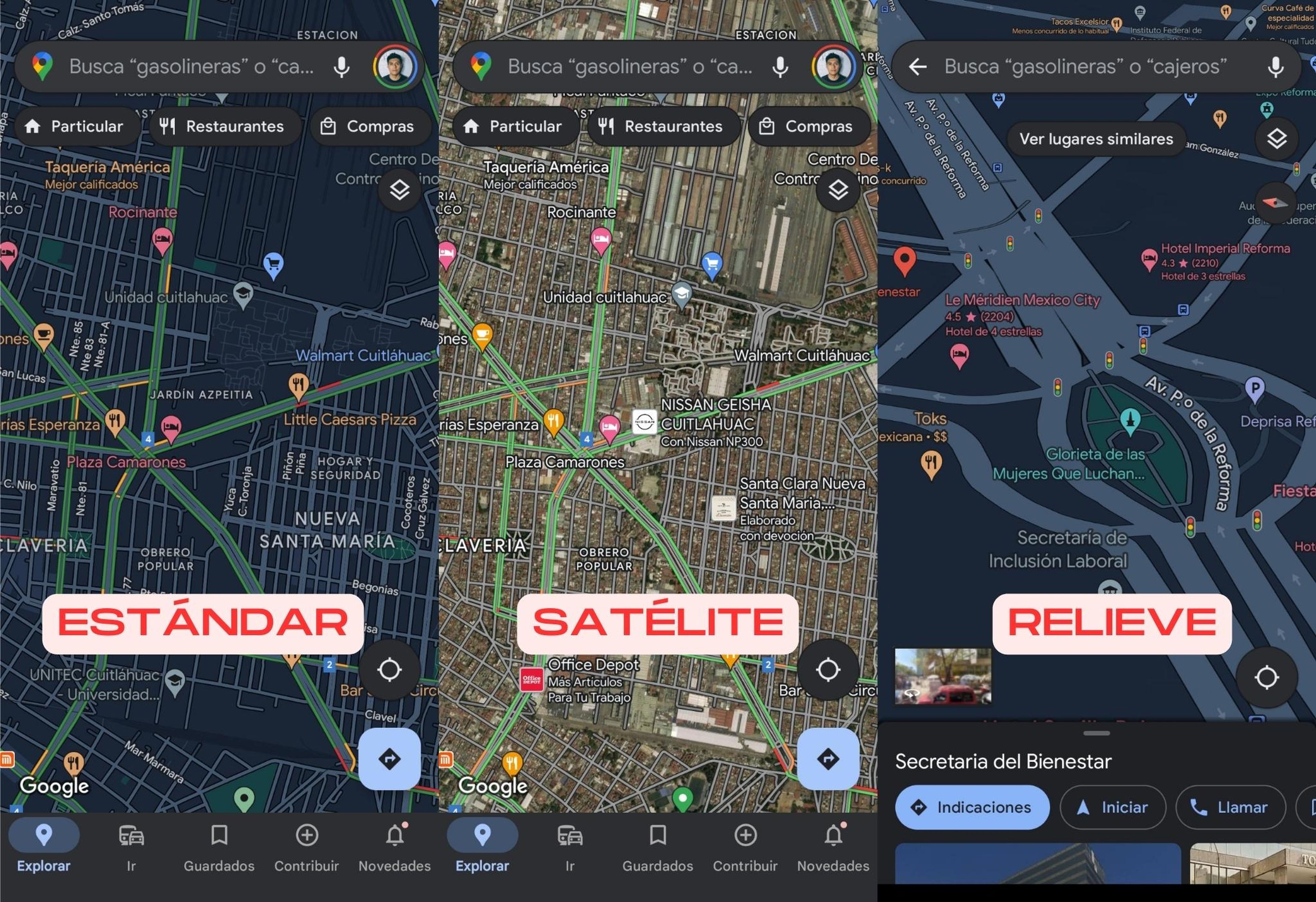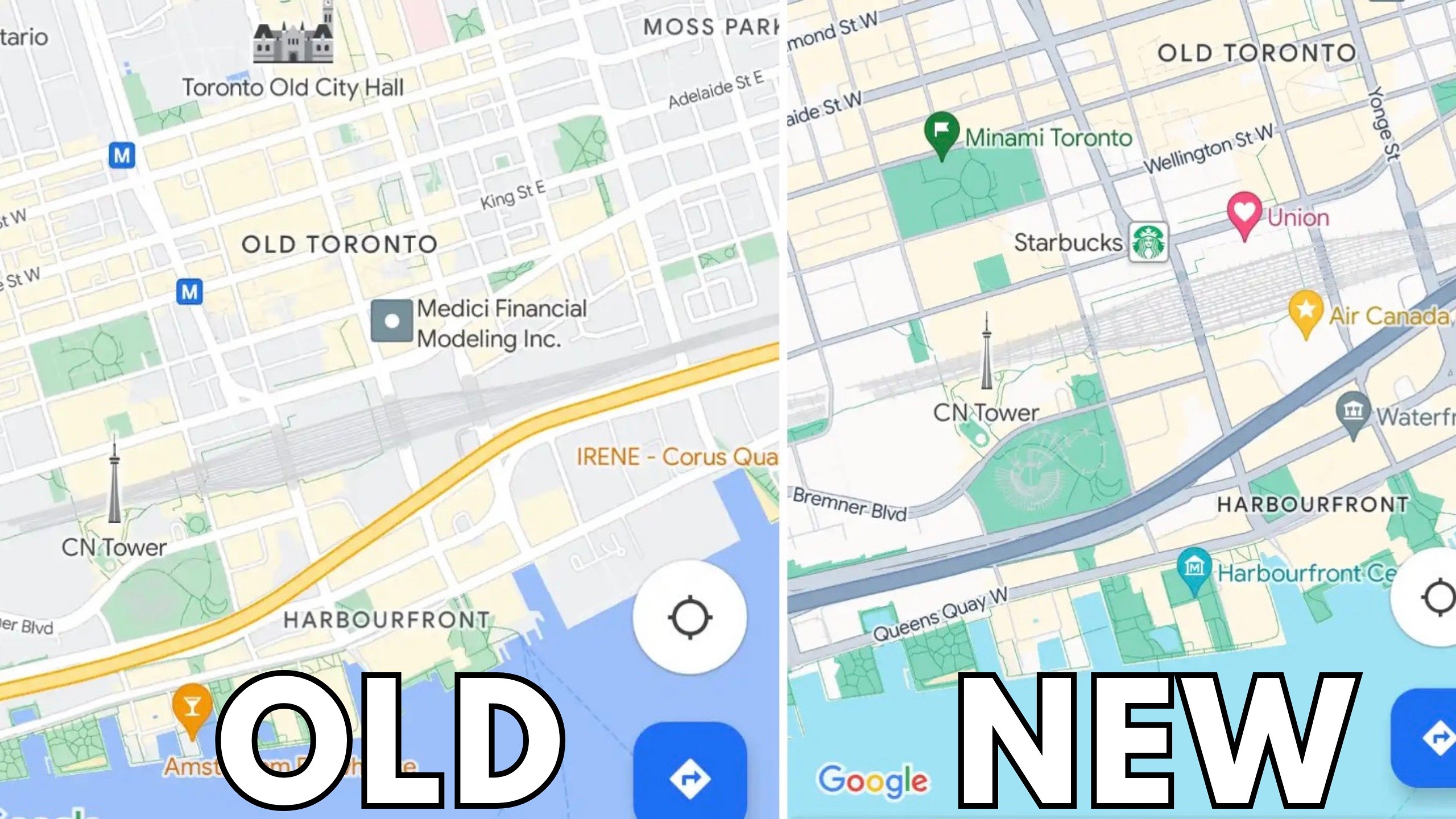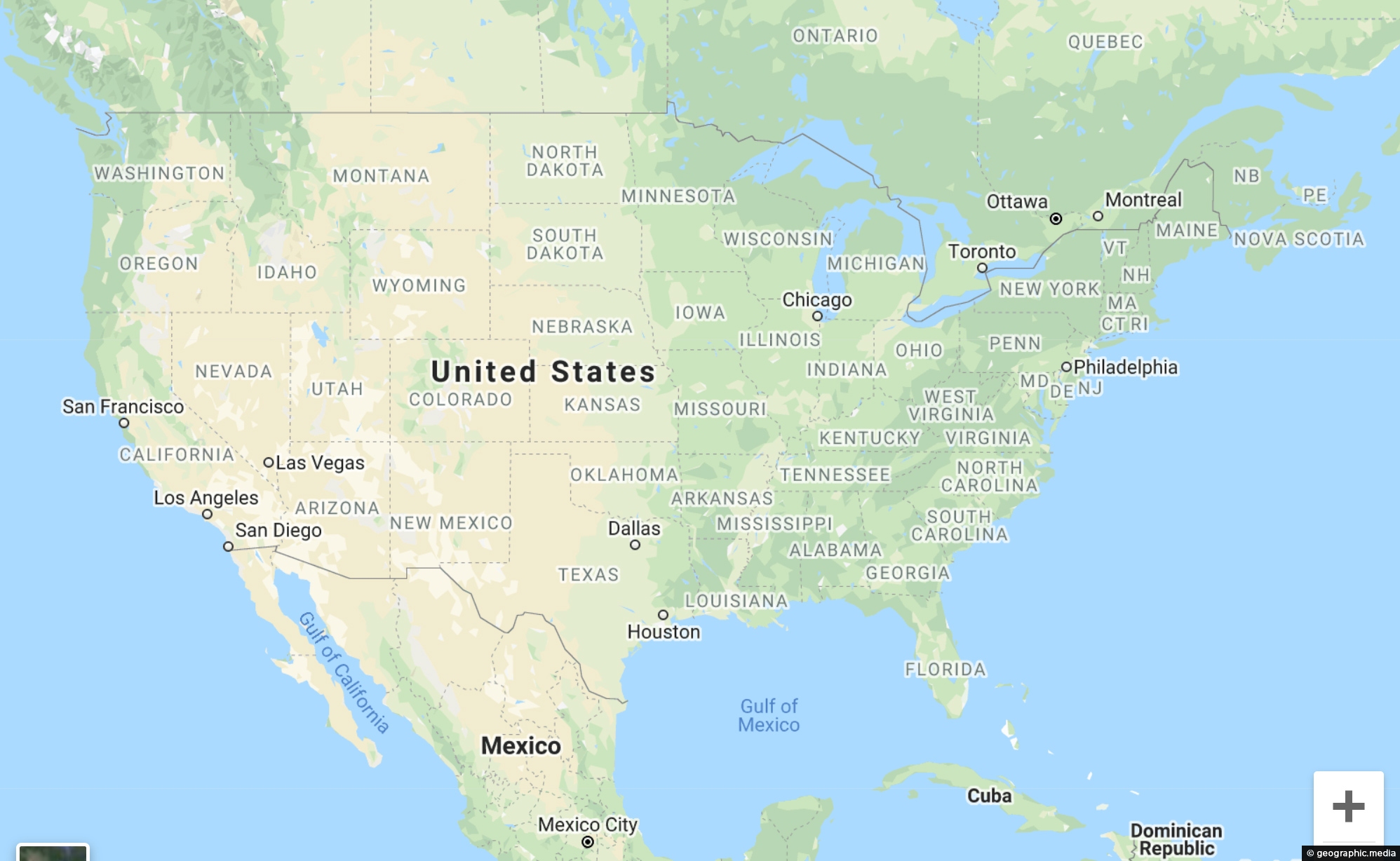
Uncharted Territories: Mapping the Indigenous Heart of Colonial Texas
Forget your modern GPS. Forget the neat grid of highways and towns. To truly travel Texas – not just across its vast plains but through its profound history – we must journey into an older, far more complex cartography: the colonial maps that charted Native American lands. This isn’t a review of a physical place you can visit with an entry ticket, but rather an immersive exploration of a conceptual "destination" – the landscape of indigenous presence, power, and ultimate displacement as recorded (and often distorted) by European hands. It’s a journey into the very fabric of how Texas came to be, challenging our perceptions of who owned the land, who named its features, and whose stories were told.
Our "location" for this review, then, is the collective archive of these colonial maps – whether found in the hushed halls of university libraries, the vibrant exhibits of state museums, or the digitized collections accessible with a click. It’s an archaeological expedition into parchment and ink, revealing not just geographical data, but layers of intent, conquest, and resilience.
The Landscape of Power: What the Maps Reveal (and Conceal)

The colonial maps of Texas – primarily Spanish, but also French and later early American – are fascinating artifacts. On the surface, they appear as objective records of the land: winding rivers like the Río Bravo del Norte (Rio Grande) and the Colorado, sprawling forests, and the vast, often featureless plains. They depict early settlements, missions, presidios, and tentative trails connecting these outposts. For the intrepid traveler seeking to understand the origins of Texas, these maps are invaluable.
However, their true power lies not just in what they show, but in what they strategically omit or misrepresent. These are not neutral documents; they are instruments of conquest. Their purpose was to claim, to control, and to categorize. They were drawn by explorers, missionaries, and military officers, all operating under a colonial imperative.
Consider the names: "Nuevas Filipinas," "Tejas," "Provincias Internas." These are European impositions, often replacing or ignoring the millennia-old indigenous names for the same lands, rivers, and mountains. The maps show "Indian villages" or "tribes" – sometimes with a crude drawing of a tepee or a generic figure – but rarely with any true understanding of their complex social structures, extensive trade networks, or the precise boundaries they recognized among themselves.
For instance, a Spanish map from the 18th century might depict the "Comanche" or "Apache" territory as a vast, undifferentiated expanse, perhaps labeled with the ominous phrase "Indios Bárbaros." This label, rather than being a neutral descriptor, was a declaration of intent – a justification for future military campaigns and land seizures. It stripped these powerful, sophisticated nations of their identity and reduced them to a singular, hostile entity.

The maps often delineate colonial claims with bold lines and vibrant colors, asserting sovereignty over lands that were, in reality, firmly under the control of indigenous nations like the Comanche, Wichita, Caddo, and Karankawa. The "boundaries" on these maps were aspirational, not actual; they represented the colonizer’s desire, not the indigenous reality.
The Unseen Texas: Indigenous Nations and Their Territories
To truly appreciate the "location" we are reviewing, one must look through the colonial maps to glimpse the vibrant, complex indigenous world they attempted to erase. Before the arrival of Europeans, Texas was a mosaic of distinct nations, each with its own language, culture, economy, and intricate relationship with the land.
- The Caddo: In East Texas, along the Red River, lived the Caddo, a sedentary, agricultural people with sophisticated social structures, elaborate mound building, and extensive trade networks stretching across the Southeast. Their lands were rich, fertile, and their communities well-established long before any Spaniard set foot in North America. Colonial maps often show their villages but rarely convey the depth of their civilization or the extent of their ancestral domains.
- The Karankawa: Along the Gulf Coast, the Karankawa adapted to the coastal environment, relying on fishing, hunting, and gathering. Their seasonal movements across the barrier islands and mainland were perfectly suited to their ecosystem, yet colonial maps would often simply label their territory as "costa" or "tierras de Indios," missing the nuanced relationship they had with their homeland.
- The Coahuiltecan: In South Texas, a multitude of small, independent bands collectively known as the Coahuiltecan roamed the brush country, surviving on hardy plants and animals. Their lands were harsh, but they knew every water source, every edible plant. Spanish missions, like those in San Antonio, were built on their traditional territories, often luring or coercing them into a new way of life that ultimately led to their cultural decimation.
- The Apache and Comanche: Perhaps the most formidable challenges to colonial expansion were the Apache and, later, the Comanche. The Apache, including groups like the Lipan Apache, ranged across West and Central Texas, fierce warriors and skilled hunters. The Comanche, arriving later from the north, rapidly expanded their domain, creating "Comancheria" – a vast empire stretching from Kansas to northern Mexico, dictating terms to both Spanish and later American settlers. Their presence on colonial maps is often marked by fear and hostility, depicted as a barrier to European settlement, rather than as sovereign nations defending their ancestral lands.

These indigenous nations didn’t recognize European concepts of land ownership. For them, land was not a commodity to be bought, sold, or "owned" in perpetuity by an individual. It was a living entity, a sacred trust, a source of sustenance and identity, shared and managed collectively. Their "maps" were oral traditions, sacred stories, and intimate knowledge of every tree, river, and rock – a cartography of spirit and survival that colonial documents could never capture.

The Colonial Gaze: Erasure and Redrawing
The process of mapping was, therefore, an act of erasure. By drawing new lines, imposing new names, and labeling indigenous peoples as obstacles or heathens, colonial cartographers began the slow, violent process of dismantling indigenous sovereignty. The maps served as blueprints for the future: for land grants, for mission construction, for military expeditions, and ultimately, for the systematic dispossession of Native peoples.
When you look at a colonial map of Texas, you are seeing a moment frozen in time – a snapshot of colonial ambition clashing with indigenous reality. You see the Spanish pushing northward from Mexico, the French tentatively exploring from Louisiana, and the early Anglo-Americans casting covetous eyes westward. Each colonial power brought its own mapping traditions, its own motivations, and its own blind spots regarding the true inhabitants of the land.
The Journey Today: Accessing This Hidden History
So, how does one "travel" this historical landscape today?
-
Museums and Archives:
- The Bullock Texas State History Museum (Austin): Often features exhibits on early Texas, including colonial maps and artifacts. Look for interactive displays that contextualize indigenous history.
- The Witte Museum (San Antonio): Strong focus on Texas history and natural science, with excellent sections on Native American cultures and early colonial encounters.
- Briscoe Center for American History (UT Austin): A treasure trove of historical documents, including original maps, letters, and records related to colonial Texas and its indigenous inhabitants. Accessing their archives is a profound experience for serious researchers or history enthusiasts.
- University of Texas at San Antonio (UTSA) Institute of Texan Cultures: Offers insights into the diverse cultures that shaped Texas, including extensive displays and resources on Native American groups.
- The Portal to Texas History (University of North Texas Libraries): An invaluable online resource. Search for "colonial Texas maps" or specific tribal names to access digitized versions of historical maps, documents, and photographs from various collections across the state. This is an accessible entry point for anyone wishing to explore from home.
-
Beyond the Map: Reclaiming the Landscape:
- Visit Historic Sites with a New Lens: When you visit places like the San Antonio Missions National Historical Park, or battlefields like Goliad or San Jacinto, remember that these sites were built upon or fought over ancestral indigenous lands. Seek out information that shares the Native perspective, not just the colonial narrative.
- Explore State Parks and Natural Areas: Texas boasts incredible natural beauty. As you hike or paddle, reflect on the indigenous peoples who lived in perfect harmony with these landscapes for millennia. Imagine their trails, their hunting grounds, their sacred places.
- Seek Out Contemporary Indigenous Voices: The descendants of many of these nations still live in Texas and beyond. Support tribal museums, cultural centers, and contemporary indigenous artists and authors who are reclaiming and sharing their heritage. Their perspectives are crucial for a full understanding of this history.
Why This Journey Matters
Reviewing the "Maps of Native American Lands in Colonial Texas" is not merely an academic exercise; it’s a vital journey for any traveler who wishes to understand the true depth and complexity of this state. It’s an opportunity to:
- Decolonize Your Perspective: Challenge the dominant narratives and recognize the profound impact of colonialism on indigenous peoples.
- Appreciate Indigenous Resilience: Witness the enduring spirit and cultural survival of nations that faced immense pressure and violence.
- Connect Past to Present: Understand how historical land claims, treaties (or lack thereof), and displacement continue to affect indigenous communities today.
- Foster Environmental Stewardship: Learn from indigenous philosophies that emphasize a sacred connection to the land, rather than its exploitation.
This "location" – the historical and conceptual space revealed by colonial maps and the indigenous truths they often obscure – offers an unparalleled travel experience. It’s a journey not of miles, but of perspectives. It requires an open mind, a willingness to confront uncomfortable truths, and a commitment to seeing the land and its history through multiple lenses. By undertaking this journey, we don’t just explore Texas; we explore what it means to be human, to claim land, and to remember the stories that shaped our world, both seen and unseen. It’s an essential expedition for anyone who truly wishes to understand the enduring heart of the Lone Star State.


